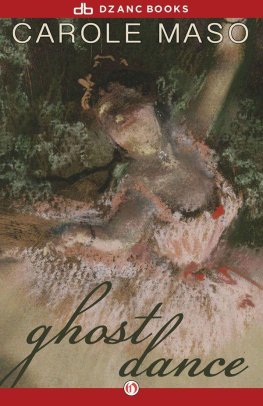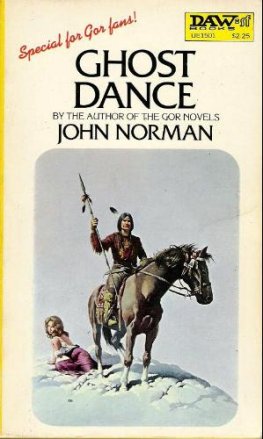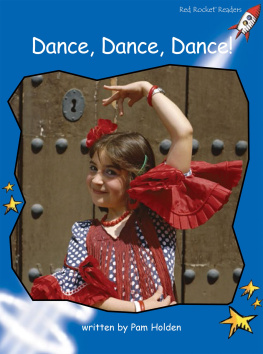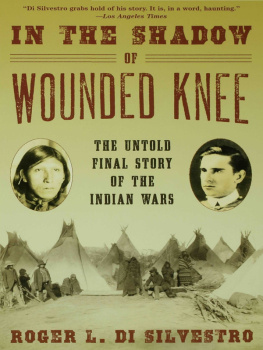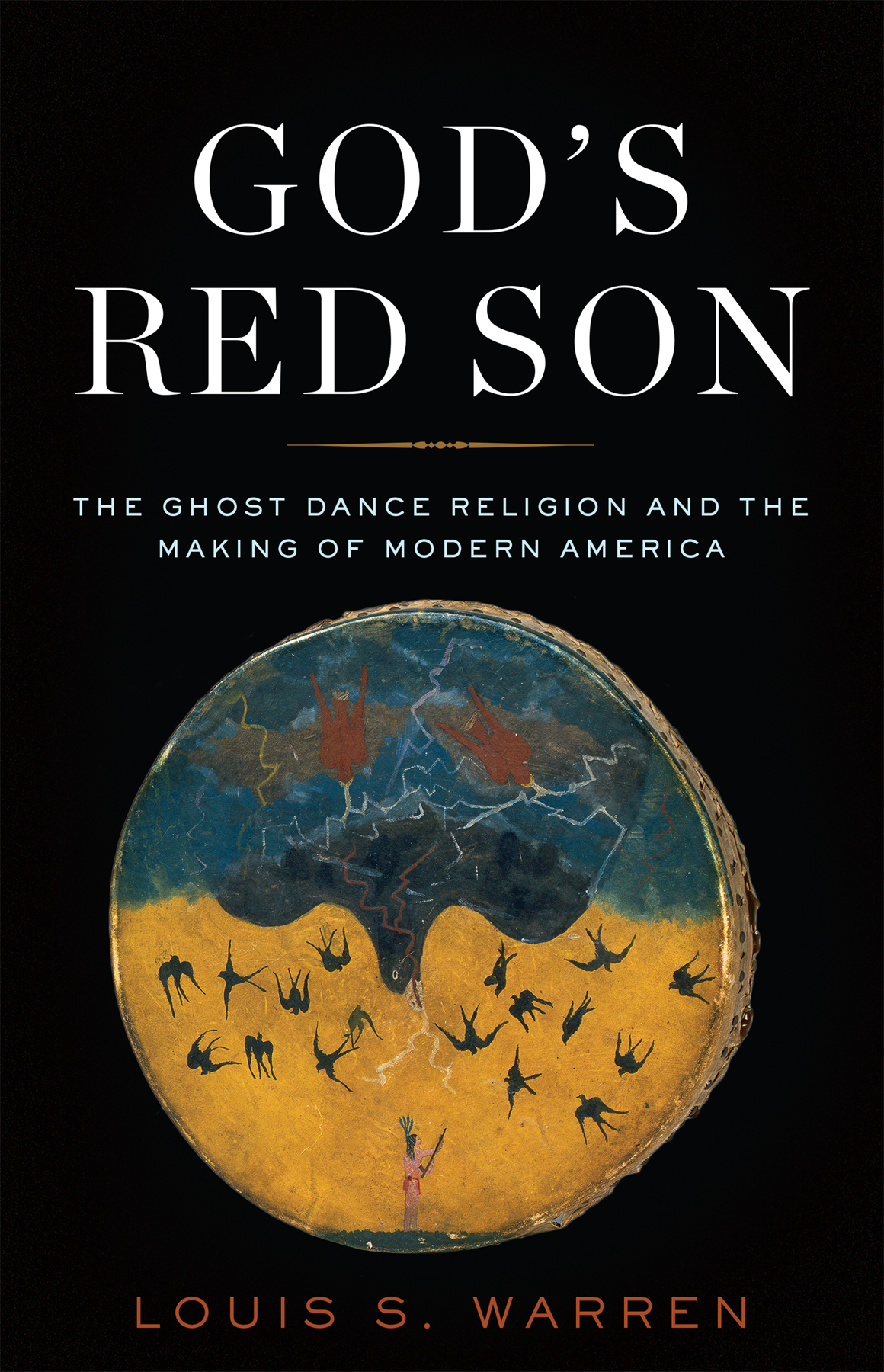Copyright 2017 by Louis S. Warren
Published by Basic Books, an imprint of Perseus Books, LLC, a subsidiary of Hachette Book Group, Inc.
All rights reserved. Printed in the United States of America. No part of this book may be reproduced in any manner whatsoever without written permission except in the case of brief quotations embodied in critical articles and reviews. For information, address Basic Books, 1290 Avenue of the Americas, New York, NY 10104.
Books published by Basic Books are available at special discounts for bulk purchases in the United States by corporations, institutions, and other organizations. For more information, please contact the Special Markets Department at Perseus Books, 2300 Chestnut Street, Suite 200, Philadelphia, PA 19103, or call (800) 810-4145, ext. 5000, or e-mail special.markets@perseusbooks.com.
Names: Warren, Louis S., author.
Title: Gods red son : the Ghost Dance religion and the making of modern America / Louis Warren.
Description: New York : Basic Books, [2017] | Includes bibliographical references and index.
Identifiers: LCCN 2016045328| ISBN 9780465015023 (hardcover : alk. paper) | ISBN 9780465098682 (ebook : alk. paper)
Subjects: LCSH: Ghost dance. | Indians of North AmericaWest (U.S.)Religion. | Indians of North AmericaWest (U.S.)Government relations. | Lakota IndiansReligion. | Wovoka, approximately 18561932. | Mooney, James, 18611921. | Wounded Knee Massacre, S.D., 1890. | Indians of North AmericaGreat PlainsHistory19th century. | Indians of North AmericaGreat BasinHistory19th century.
Classification: LCC E78.W5 W35 2017 | DDC 299.7/85244dc23 LC record available at https://lccn.loc.gov/2016045328
With Gods Red Son, Louis Warren has written yet another book that is going to rearrange the mental furniture in our heads. His wonderfully clear prose pulls us effortlessly through a story that has western Indians emerge as entirely modern, and their nineteenth-century Ghost Dance religion as an endeavor many readers will find not just freshly understandable, but spiritually familiar. As was the case with his biography of Buffalo Bill, this book is Warren at the absolute top of his game.
Dan Flores, author of Coyote America: A Natural and Supernatural History
I cant remember the last book I read that so persuasively rewrites what I thought I knew about a much studied topic. Louis Warrens book does that for the Ghost Dance, and, more than that, it allows readers to see anew the history of the era and of all American religions. Gods Red Son is truly a revelation.
Stephen Aron, professor of history, UCLA
This eye-opening book is rich with empathy-stirring insights into the Indian Ghost Dancers dilemmas, hopes, ecstatic experiences, and practical precepts for survival in the modern United States. Importantly, it shows us Indians who reacted to the jarring consequences of US expansion and industrialization much as many other Americans didwith a mix of hope-inspiring religious fervor and pragmatic economic adjustments. This is American Indian history at its very best, vividly illuminating not only its distinctiveness and captivating complexity but also its inseparability from the larger story of Americans at a time of rapid, wrenching changes. With an abundance of compelling evidence woven into an accessible, absorbing narrative, Warren convincingly refutes the all-too-common assumption that the Ghost Dancers, and most American Indians in the 1880s, were irrational dreamers, futilely resisting their cultures inevitable demise.
Alexandra Harmon, author of Indians in the Making and Rich Indians
Louis Warrens Gods Red Son is a truly powerful re-envisioned (not revisionistic!), trenchant analysis of the Northern Paiutes revitalization movement by a leading American historian, whose keen understanding of those pulverizing industrializing engines of the late-nineteenth-century American West, compellingly forces our shift from romantic notions about the dying Indian race resulting from the Wounded Knee Massacre that followed Wovokas teaching into this undying religions twentieth- and twenty-first-century legacy: its spiritual and political semiotics in the Great Basin, as well as where it formerly spread. From Nevada to the northern and southern Plains, its descendants today face late-capitalistic environmental crises staining our late nightsthe Dakota Access Pipeline the most recent of these, and unhappily surely not the last.
Michael Hittman, author of Wovoka and the Ghost Dance
In Gods Red Son, Louis Warren tells a wonderfully compelling and justly insightful story about the Ghost Dance religion, a tradition that is close to the hearts of so many Native peoples. Staying true to the moving perspectives of the faithful, he weaves a tapestry of multi-situational complexity that sharpens our understandings of how this important indigenous religion contributes to the making of modern America, as well as demonstrating his vision of the possibility of a pluralistic society that values and affirms Indian autonomy.
Ines Hernandez-Avila, professor of Native American studies, University of California, Davis
Many people consider the Ghost Dance and the Wounded Knee Massacre as an end of American Indian history. In Gods Red Son, an engagingly written and meticulously researched book, Louis Warren tells of a Ghost Dance that endured Wounded Knee. Warren makes readers understand the origins of the Ghost Dance in Gilded Age Nevada, its attraction among Plains Indians, and its influence on the development of the social sciences. After consulting this book, readers will no longer consider the Ghost Dance a backward-looking effort to regain a primitive past, but a forward-looking religious movement that engaged with the modern United States.
William Bauer, Wailacki and Concow of the Round Valley Indian Tribes, Associate Professor, University of Nevada
For my parents, Claude N. Warren Sr. and Elizabeth Warren,
who taught me the Great Basin, the Mojave, and Snake River Canyon.
Great teachers, great classrooms.
And in memory of my sister, Susan Elizabeth Warren Kunkler, 19612015.
Still she rides, across the sagebrush sea.
T HIS IS A BOOK ABOUT I NDIANS. R EADERS WILL NOTICE THAT I refer to the antagonists of Indians as Americans at least as often as I call them whites. There are two reasons for this. First, I use the term American to refer to US citizens, and until 1924 Indians were not citizens and could become so only in limited circumstances, usually by surrendering tribal identity. Thus, in the period with which this book is concerned, Indians were not Americans, and many did not consider themselves as such. A great question of the era, for Indians and non-Indians alike, was whether and how Indians could, would, or should become Americans.
A second, subsidiary reason for my terminology concerns the racial variability of Indian opponents. The diversification of the citizenry was a hallmark of modern America, particularly after the Civil War. Although the power structure of the American state continued to serve white interests, by the 1880s and 1890s many of the non-Indians with whom Indians competed for land, employment, water rights, and other social goods were European immigrants, whose whiteness was often ambiguous, or black and Mexican American settlers. In the pages to come, these latter groups are often categorized as Americans because, unlike Indians, they were American citizens or could choose to become citizens.


